A key element to slowing metastasis in ovarian cancer is understanding the mechanisms of how tumor cells invade tissues. In APL Bioengineering, biophysics researchers explain how microscopic defects in how healthy cells line up can alter how easily ovarian cancer cells invade tissue. Using an experimental model, the group found that disruptions in the normal cellular layout, called topological defects, affect the rate of tumor cell invasion.
Tag: Ovarian Cancer
UT Southwestern Finds Crucial New Molecular Mechanisms And Biomarkers in Ovarian Cancer
DALLAS – July 30, 2021 – UT Southwestern faculty have discovered what appears to be an Achilles’ heel in ovarian cancers, as well as new biomarkers that could point to which patients are the best candidates for possible new treatments.
Could Powerful Ovarian Cancer Treatments Benefit More Patients?
WEHI researchers have made a discovery that could help more Australian women with ovarian cancer gain access to game-changing cancer treatments called PARP inhibitors.
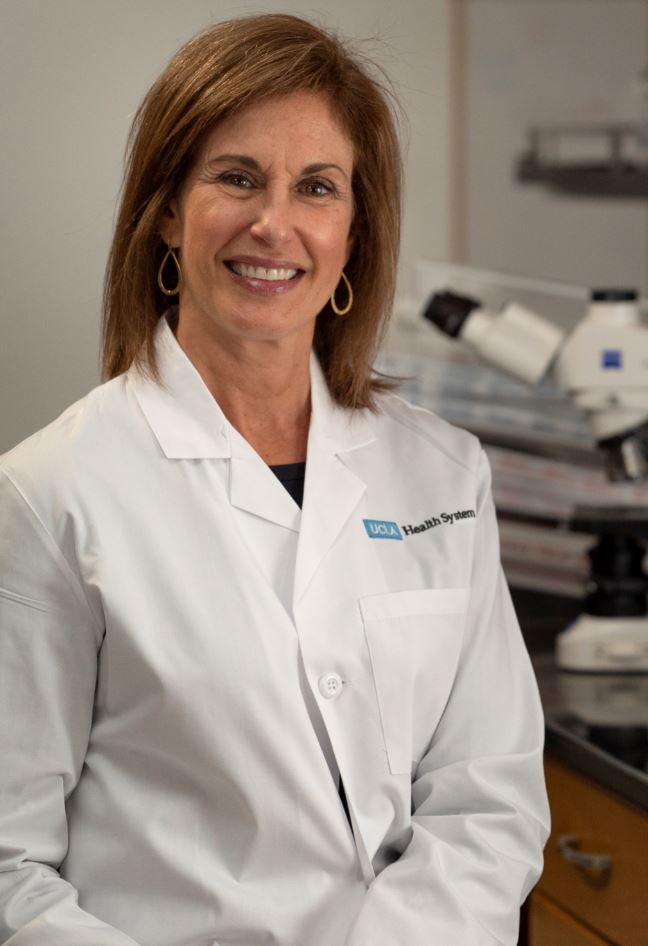
Dr. Beth Karlan receives lifetime achievement award for contributions to gynecologic oncology
Internationally renowned physician-scientist Dr. Beth Karlan, director of cancer population genetics at the UCLA Jonsson Comprehensive Cancer Center, is being honored with the Lifetime Achievement Award from the International Gynecologic Cancer Society (IGCS) for her contributions to gynecologic cancer research and clinical practice.
Mayo Clinic scientists advance breast, ovarian cancer research with cryo-electron microscopy
Using advanced imaging technology, Mayo Clinic scientists have provided an unprecedented understanding of the BRCA1-BARD1 protein complex, which is often mutated in patients with breast or ovarian cancer. Their paper, published in Nature, identifies aspects of how BRCA1-BARD1 functions, supporting future translational research, cancer prevention efforts and drug development.
World-first artificial intelligence study to map risks of ovarian cancer in women
The University of South Australia will lead a world-first study, using artificial intelligence, to map the risks of the most fatal reproductive cancer in women worldwide so it can be detected and treated earlier.
Antibiotic Novobiocin found to kill tumor cells with DNA-repair glitch
An antibiotic developed in the 1950s and largely supplanted by newer drugs, effectively targets and kills cancer cells with a common genetic defect, laboratory research by Dana-Farber Cancer Institute scientists shows. The findings have spurred investigators to open a clinical trial of the drug, novobiocin, for patients whose tumors carry the abnormality.
“Electronic Nose” Accurately Sniffs Out Hard-to-Detect Cancers
An odor-based test that sniffs out vapors emanating from blood samples was able to distinguish between benign and pancreatic and ovarian cancer cells with up to 95 percent accuracy.
Metabolic inhibitor IACS-6274 shows early antitumor effects in underserved patients with advanced cancers
A metabolic inhibitor drug, IACS-6274, developed by MD Anderson’s Therapeutics Discovery division, is well-tolerated and showed early signs of anti-tumor activity in a Phase I trial being presented at the 2021 ASCO Annual Meeting.
Study to Examine Exosomes in Ovarian Cancer
Researchers have been awarded a $3.1 million grant from the National Institutes of Health to investigate more effective ways to identify ovarian cancer earlier.
New class of drug gives hope to some ovarian cancer patients
Rucaparib is in a relatively new class of drugs – Poly(ADP-ribose) polymerase or PARP inhibitors – which have been approved for therapy in ovarian cancers. This study provides insights into both how the cancers resist treatments, and which patients may respond favorably to the drug.
Preventing Ovarian Cancer Recurrence with Coffee? Markey Launches Unique Clinical Trial
The UK Markey Cancer Center will be the first site worldwide to initiate a cancer clinical trial that evaluates its anti-cancer activity in humans using ArtemiLife™ Inc. coffee products, which are made using the leaves of the Artemisia annua plant.
Drug Derived from Kentucky-Grown Plant Shows Promise for Ovarian Cancer Treatment
A new study from University of Kentucky Markey Cancer researchers shows that Artemisia annua, a plant that has been traditionally used for its anti-malaria components, shows promise in treating ovarian cancer.
End-of-life care remains aggressive for people with ovarian cancer, study finds
People with ovarian cancer frequently receive aggressive end-of-life care despite industry guidelines that emphasize quality of life for those with advanced disease, according to a recent study.
Cancer Discovery Could Revive Failed Treatments for Solid Tumors
New research from the UVA Cancer Center could rescue once-promising immunotherapies for treating solid cancer tumors, such as ovarian, colon and triple-negative breast cancer, that ultimately failed in human clinical trials.

Significant New Findings about Breast and Ovarian Cancer in Patients from the Caribbean
In this study, among Caribbean-born individuals with breast and ovarian cancer, 1 in 7 had hereditary breast and ovarian cancer. The proportion of hereditary breast and ovarian cancer varied by island and each island had a distinctive set of variants.
UNM Comprehensive Cancer Center scientist receives national recognition
Dr. Kinjyo’s work Will continue to look at how combining different drug treatments can improve outcomes for women with ovarian cancer.
Mayo Clinic researchers develop test to measure effect of breast cancer gene variants
Researchers at Mayo Clinic have combined results from a functional test measuring the effect of inherited variants in the BRCA2 breast and ovarian cancer gene with clinical information from women who received genetic testing to determine the clinical importance of many BRCA2 variants of uncertain significance (VUS). The findings were published today in a study in the American Journal of Human Genetics.
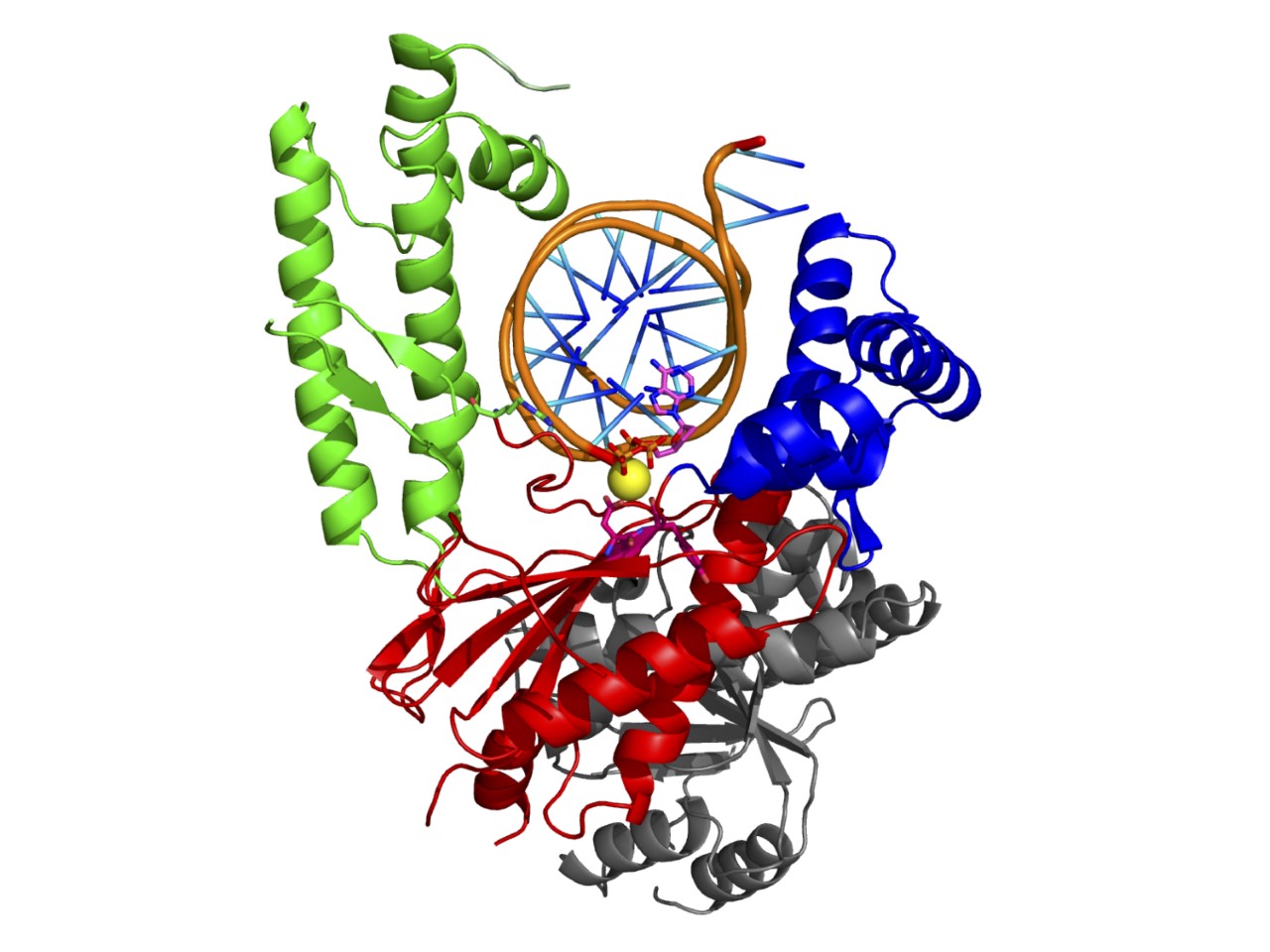
Study Identifies Never-Before-Seen Dual Function in Enzyme Critical for Cancer Growth
In developing therapies for hard-to-treat breast and ovarian cancers in patients with BRCA gene mutations, scientists aim to identify ways to keep cancer cells from using DNA break repair pathways. New findings demonstrate a previously-unknown capability for polymerase theta (pol theta) – a key enzyme in this repair function – that shows promise as a new avenue for treatment development.
Moffitt Researchers Discover Mechanism that Regulates Anti-Tumor Activity of Immune Cells in Ovarian Cancer
In a new article published in Nature, Moffitt Cancer Center researchers demonstrate why some ovarian cancer patients evolve better than others and suggest possible approaches to improve patient outcomes.

Wistar Scientists Discover Link Between a Genetic Driver of Ovarian Cancer and Metabolism, Opening the Way for New Therapeutic Strategies
Wistar scientists found mutations that inactivate the ARID1A gene in ovarian cancer increase utilization of the glutamine amino acid making cancer cells dependent on glutamine metabolism. Researchers also showed that pharmacologic inhibition of glutamine metabolism may represent an effective therapeutic strategy for ARID1A-mutant ovarian cancer.
Olive Leaf Extract Inhibits Breast and Ovarian Cancer Cell Growth and Cell Cycle Progression, Increasing Apoptosis of Tumor Cells
Breast and ovarian cancer are two of the deadliest malignancies among women worldwide.

Roswell Park Reports Positive Outcomes from New Combination Treatment for Ovarian Cancer
A team from Roswell Park Comprehensive Cancer Center has detailed striking findings on the effectiveness of a previously untried combination of old and new drugs as treatment for recurrent ovarian cancer.

Ovarian Cancer Screening Study Focuses on Early Detection in Women at Low Risk
Atlantic Health System is enrolling women in a landmark study that uses a simple blood test for the CA-125 protein to screen women who are at low risk for ovarian cancer. The purpose of the clinical trial is to help determine whether this test can catch ovarian cancer early in women who would not normally be screened for it. Atlantic Health System hospitals are the only centers in the New York metro region to participate in the study, and have the third highest enrollment numbers in the nation.

Cancer Research Institute Goes Virtual for Its Immunotherapy Patient Summit Series, Connecting Patients and Caregivers with Leading Experts in Cancer Immunotherapy
Free virtual event October 2-3 connecting cancer patients and caregivers with leading immunotherapy experts and patient advocates treated with immunotherapy
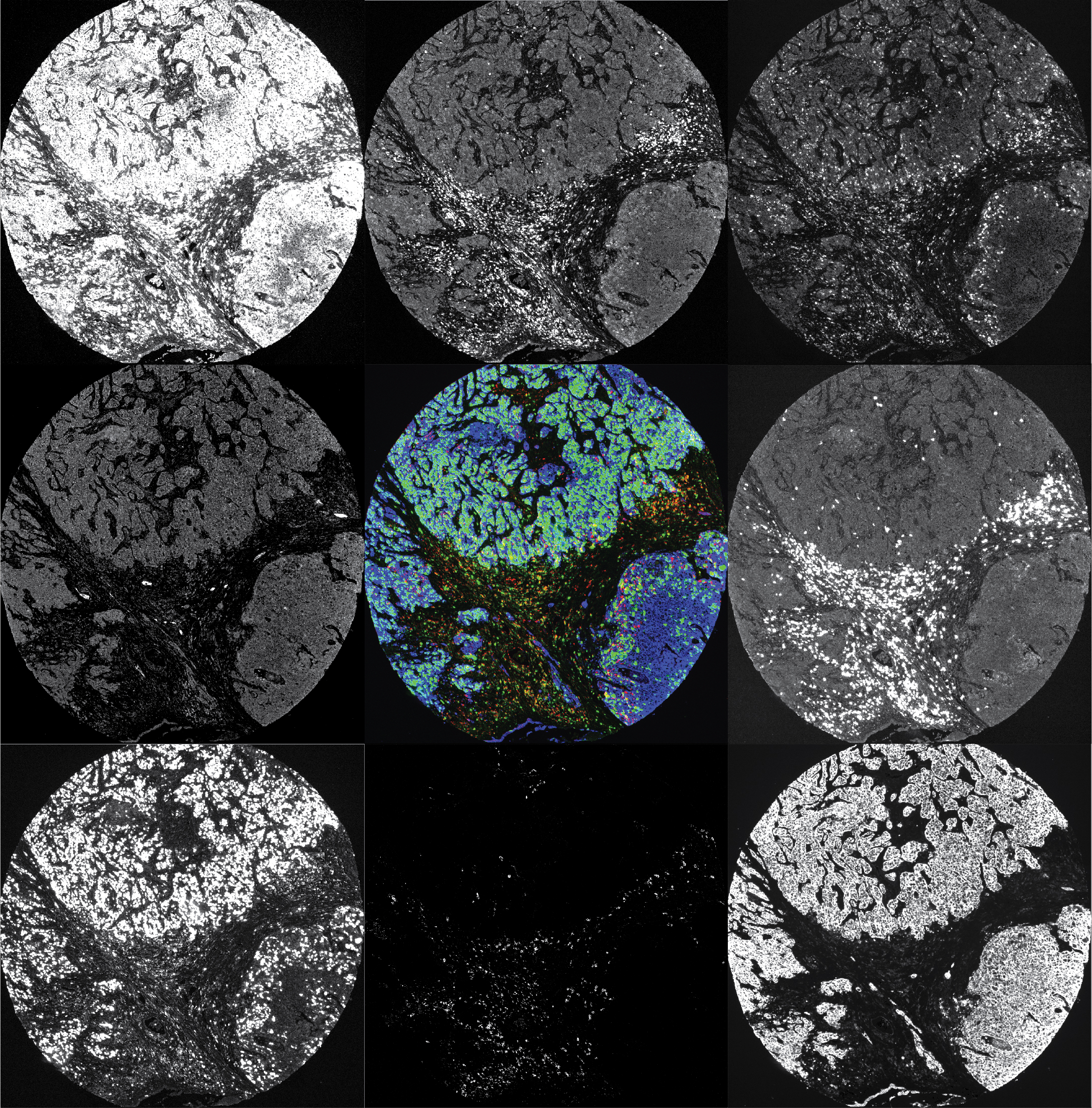
CU Researchers Come Together to Better Understand Ovarian Cancer Tumors and Treatment Outcomes
After nearly four years of work, a group of researchers and clinicians from the University of Colorado (CU) published a paper this week in the Clinical Cancer Research that shares findings from research looking at how the composition of ovarian cancer tumors changes during chemotherapy and contributes to therapeutic response.
What Every Woman Should Know About Preventing Gynecologic Cancers
The best defense against gynecologic cancer starts with preventative measures. When cancer is detected early, there is a better chance of having more effective treatment and better outcomes. While there is not a single screening test for all gynecologic cancers, learn about the ones that do exist.

Cancer, COVID and the Kentucky Economy: How ‘Sweet Annie’ Could Make an Impact
Used as a medicinal herb for centuries, Artemisia annua contains powerful compounds that make it a popular treatment for malaria. But with lab research showing these compounds may help treat a variety of cancers and even COVID-19, this plant is more relevant than ever — and UK is showing how we can take it from Kentucky fields to the research lab to our patients.
Most Women Treated in New York City for Gynecologic Cancers Are Not at Increased Risk of Death From COVID-19
Women receiving standard treatment in New York City for ovarian, uterine, and cervical cancers are not at increased risk of being hospitalized for or dying from COVID-19 due to their cancer, a new study shows.
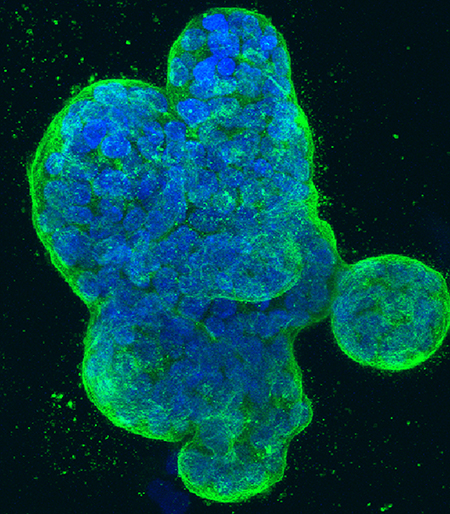
A New Way to Target Cancers Using ‘Synthetic Lethality’
Researchers at Ludwig Institute for Cancer Research and University of California San Diego School of Medicine report that inhibiting a key enzyme caused human cancer cells associated with two major types of breast and ovarian cancer to die and in mouse studies reduced tumor growth.

Latest developments on Cytoreductive Surgery & Hyperthermic Intraperitoneal Chemotherapy (CRT/HIPEC)
Mercy Medical Center is the first institution in the United States to study the role of CRS/HIPEC for newly diagnosed with ovarian, fallopian tube, or primary peritoneal cancers. Literature exists involving CRS/HIPEC in the role of recurrent disease and in the neoadjuvant setting; however, there is no published data on the role as a primary treatment option in the United States.
This MicroRNA Might Help Detect, Treat Ovarian Cancer
In cell and mouse models, one microRNA showed promise as a biomarker for early stage ovarian cancer and may help make immunotherapy treatment more effective.
Drug with new approach on impeding DNA repair shows promise in first clinical trial
Berzosertib, an ATR-targeting drug, improves progression-free survival in combination with chemotherapy in patients with high-grade serous ovarian cancer

New Study Confirms Important Clues to Fight Ovarian Cancer
A new study comparing cancerous tissue with normal fallopian tube samples advances important insights about the rogue cellular machinery that drives a majority of ovarian cancers.

Experimental medication to prevent heart disease may treat chemo-resistant ovarian cancer
University of Colorado Cancer Center group shows CPT1A may be necessary for ovarian cancer spread, chemo-resistance. Moves toward clinical trial of CPT1A inhibitor, etomoxir, against chemo-resistant ovarian cancer.

NCCN Announces Projects to Improve Ovarian Cancer Care, with AstraZeneca
The National Comprehensive Cancer Network (NCCN) Oncology Research Program (ORP) announces four projects selected to receive support directed towards improving the quality of care for advanced ovarian cancer patients, funded through a collaboration with AstraZeneca.
Grounded in Science
Doctors face a difficult decision when they must choose a drug combination that will benefit the person sitting before them in an exam room. Statistics can’t show how any one person will respond to a reatment.works in people. Dr. Sarah Adams is using a $1.2M to find better ways to predict which women will benefit from her drug combination, now in clinical trials.
Study Examines Genetic Testing in Diverse Young Breast Cancer Patients over a Decade
Researchers examined racial and ethnic differences in genetic testing frequency and results among diverse breast cancer patients diagnosed at age 50 or younger from January 2007 to December 2017. They found that among 1,503 diverse young breast cancer patients, less than half (46.2 percent) completed hereditary breast and ovarian cancer genetic testing. However, the percentage of women who completed genetic testing increased over time from 15.3 percent in 2007 to a peak of 72.8 percent in 2015.
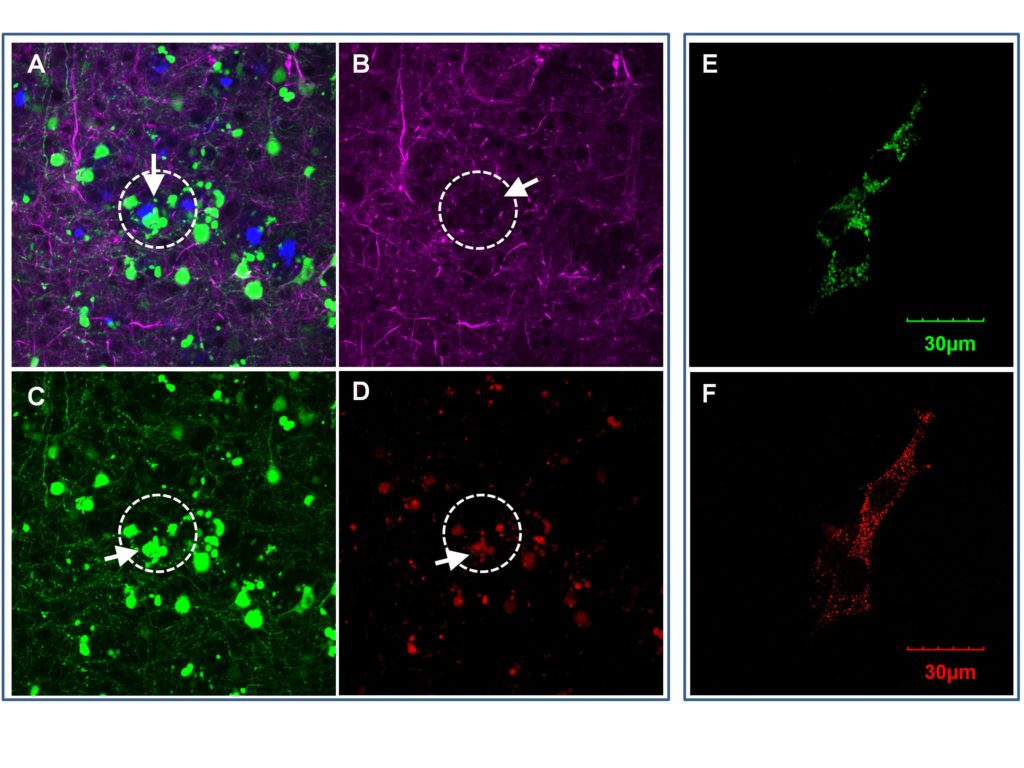
Scientists identify protein associated with ovarian cancer that exacerbates neurodegeneration in Alzheimer’s
Houston Methodist scientists identified a protein found in ovarian cancer that may contribute to declining brain function and Alzheimer’s disease, by combining computational methods and lab research.
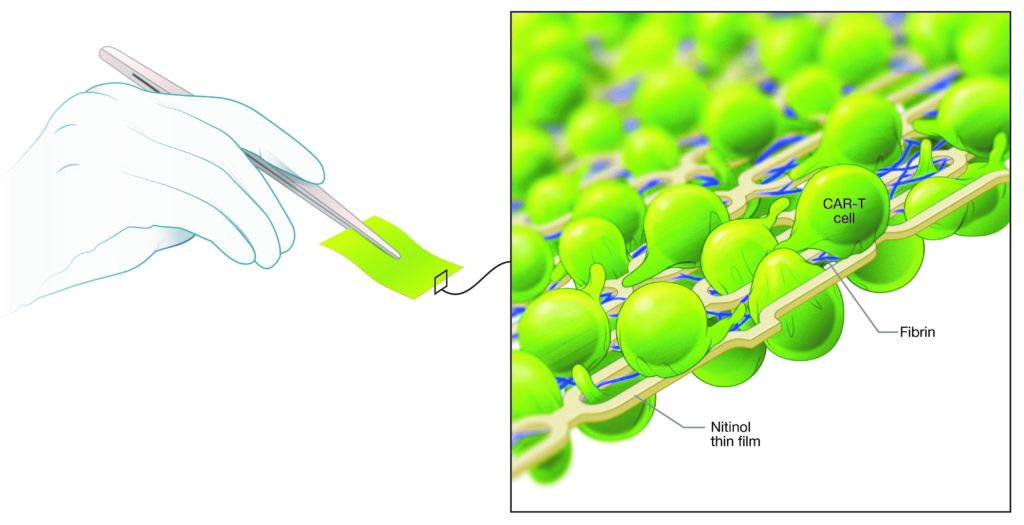
Scientists show thin metal mesh loaded with T cells shrinks solid tumors
Within weeks, CAR T cells targeting ovarian cancer cleared tumors in 70% of treated mice, shows study in Nature Biomedical Engineering. (Note: Images available for media use).

Rutgers Cancer Institute Researchers Identify Novel Gene Associated with Prognosis in Aggressive form of Ovarian Cancer
Investigators at Rutgers Cancer Institute of New Jersey have determined that an overabundance of a novel gene known as ADNP in an aggressive form of ovarian cancer may serve as a prognostic tool.
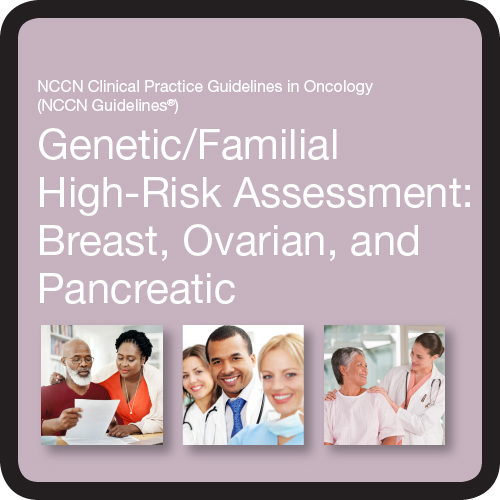
Updated Genetic Screening Guidelines Published by National Comprehensive Cancer Network Feature Emerging Evidence on Personalized Medicine
NCCN Guidelines for Genetic/Familial Risk Assessment: Breast, Ovarian, and Pancreatic updated with new and expanded sections on risk assessment and management related to three major cancer types.

Secondary surgery does not improve overall survival for recurrent ovarian cancer patients
Researchers from The University of Texas MD Anderson Cancer Center reported that secondary tumor-reduction, or cytoreduction, surgery followed by chemotherapy did not result in longer survival than chemotherapy alone in patients with platinum-sensitive recurrent ovarian cancer.
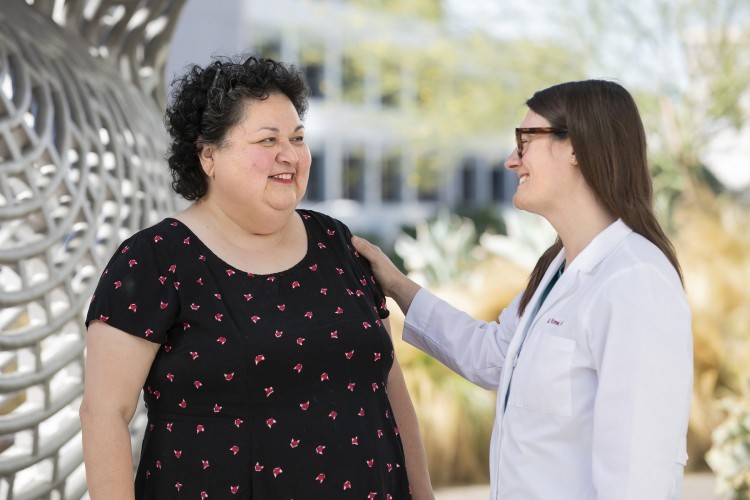
Cedars-Sinai Team Saves Life of Patient with 25-Pound Ovarian Tumor
DISMISSED WOMEN: For eight months, Maria’s doctors dismissed her pain, bloating, vomiting, hair loss and fatigue as the result of her “getting fatter,” and told her she needed to lose weight. Eventually a primary care physician in her home town sent her to the Cedars-Sinai Emergency Department where diagnostic imaging revealed a 25-pound cancerous, ovarian tumor. Maria credits Cedars-Sinai staff with saving her life because “they listened to me.”
CLEVELAND CLINIC UNVEILS TOP 10 MEDICAL INNOVATIONS FOR 2020
A dual-acting osteoporosis drug. Minimally invasive mitral valve surgery. New treatment for peanut allergies. These are some of the innovations that will enhance healing and change healthcare in the coming year, according to a distinguished panel of doctors and researchers.
A simpler way to make some medicines
Organic chemists have figured out how to synthesize the most common molecule arrangement in medicine, a scientific discovery that could change the way a number of drugs – including one most commonly used to treat ovarian cancer – are produced. Their discovery, published today in the journal Chem, gives drug makers a crucial building block for creating medicines that, so far, are made with complex processes that result in a lot of waste.

PARP inhibitor plus chemotherapy improves progression-free survival for advanced ovarian cancer patients
Researchers from The University of Texas MD Anderson Cancer Center reported study results showing that initial treatment with the PARP inhibitor veliparib in combination with chemotherapy significantly increased progression-free survival (PFS) for patients with newly diagnosed, metastatic high-grade serous ovarian cancer, according to the results of the VELIA trial.
What is Ovarian Cancer?
Ovarian Cancer is expected to impact 22,000 U.S. women this year. Rutgers Cancer Institute of New Jersey Gynecologic Oncologist Dr. Mihae Song shares some facts during this Ovarian Cancer Awareness Month.
Researchers Identify Protein Governing Platinum Resistant Ovarian Cancer
Researchers at the GW Cancer Center have identified the protein ERK as an important mechanism behind platinum-resistance in platinum-resistant ovarian cancer. The study is published in Clinical Cancer Research.